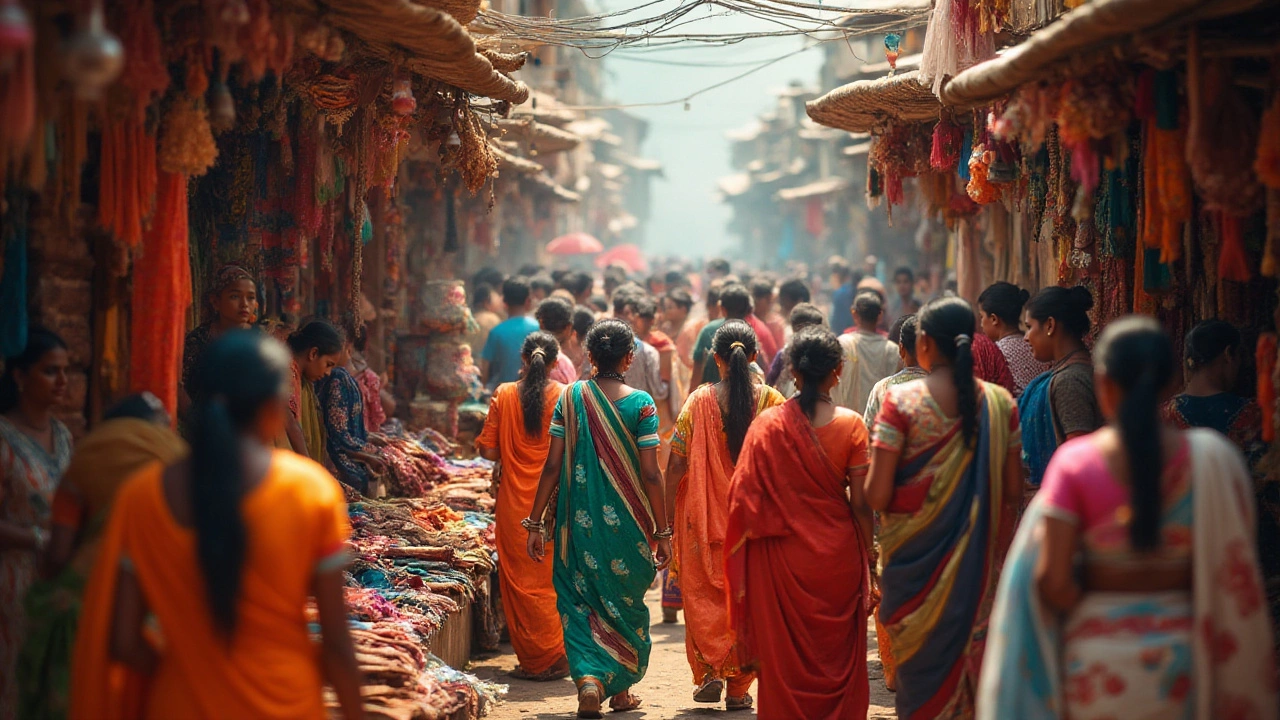Indian Textiles: Trends, Costs & Growth Opportunities
India’s textile scene is huge – from cotton farms in Gujarat to high‑tech yarn mills in Karnataka. If you’re curious about why fabrics from India are everywhere, you’re in the right spot. Below we break down the biggest sectors, the money you need to start a factory, and where the market is heading.
Key Sectors in the Indian Textile Industry
First off, cotton dominates. Over 80 % of the country’s fiber output is cotton, and Gujarat, Maharashtra and Punjab are the main growers. Next comes man‑made fibers like polyester and viscose, which are popular for affordable fashion. Silk, especially from Varanasi and Mysore, still commands premium prices and attracts luxury buyers.
These three fibers feed many downstream activities: spinning, weaving, dyeing, printing and garment making. The spinning segment is the largest value‑adder because it turns raw fiber into yarn that can be sold locally or exported. Dyeing and finishing add another layer of profit, but they also need stricter environmental controls.
What’s driving growth? Rising middle‑class incomes, faster fashion cycles, and strong export demand for home textiles and apparel. The government’s “Made in India” push also offers tax breaks and subsidies for new plants, especially in Tier‑2 cities where land is cheaper.
How to Start a Textile Factory in India
Thinking of setting up a mill? The biggest hurdle is cash. According to our recent post on factory costs, you’ll need anywhere from ₹2 crore to ₹10 crore depending on size, machinery type, and location. A small spinning unit with basic machines could start at the lower end, while a fully integrated plant with dyeing and finishing lines pushes the budget up.
Here’s a quick cost checklist: land (often 30‑40 % of total), building construction, machinery (spinning frames, looms, dyeing vats), power connections, and pollution‑control equipment. Don’t forget registration fees, labor training and a contingency fund for delays.
To keep expenses manageable, many entrepreneurs lease existing space or buy second‑hand machines. Partnerships with local cotton traders can also lower raw‑material costs. And because the textile sector is labour‑intensive, investing in skill‑up programs for workers pays off in quality and speed.
If you’re new to exports, start with niche products like organic cotton fabrics or hand‑loom silk. These attract higher prices and need less volume to break even. Use government export promotion schemes – they often cover part of the certification and marketing fees.
In short, success in Indian textiles comes from knowing which fiber fits your budget, sizing your initial investment wisely, and tapping into the right support programs. Whether you’re a small‑scale entrepreneur or a larger investor, the market offers room to grow – just plan the finances and compliance steps early.

Most Sought-After Fabrics in India: The Current Trends
India has long been a hub for textile production and export. With its diverse climate and rich cultural history, the nation's demand for various fabrics shifts constantly. As markets evolve, certain textiles gain popularity due to their functionality, aesthetics, and sustainability. Understanding the demand for these fabrics provides insight into consumer preferences and industry trends.

The Visionary Behind India's Textile Revolution
India's textile industry is a vibrant tapestry woven from ancient practices mingling with modern innovation. At the helm of its industrial transformation stands one pivotal figure known as the 'Father of the Indian Textile Industry.' This article delves into the life and legacy of this key personality, while also exploring the foundational elements and pivotal moments that shaped India's textile journey into a global force. Learn about the innovations, challenges, and enduring impact of this industry giant.

